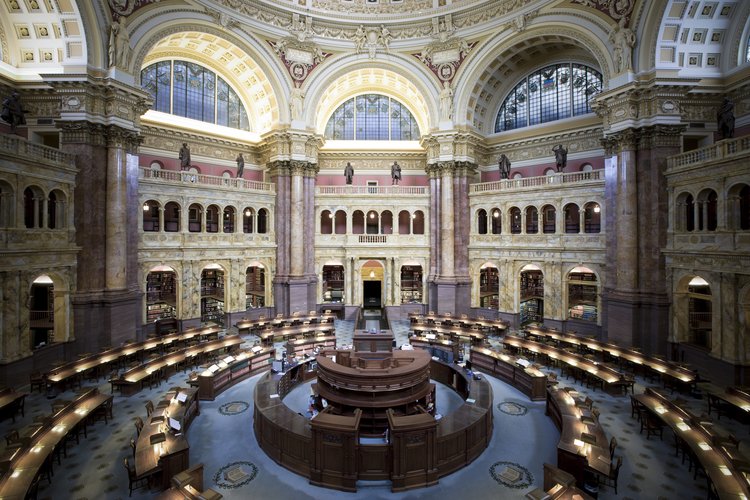Popular romance sells. And it reveals deep truths about people and cultures, fantasies and fears. The statistics are staggering: According to the Romance Writers of America, romance fiction generates over $1 billion in sales annually, and romance is often the top-performing category on the New York Times, USA Today, and Publishers Weekly best-seller lists.
The Popular Romance Project explores the fascinating, often contradictory origins and influences of popular romance as told in novels, films, comics, advice books, songs, and internet fan fiction, taking a global perspective -- while looking back across time as far as the ancient Greeks.
Just as Laurie Kahn’s earlier films, A Midwife’s Tale and Tupperware!, revealed the lives of unsung women and their work, allowing us to see the past in new, more complete and complex ways, The Popular Romance Project carries us into the present, revealing a misunderstood but flourishing worldwide community of romance novel readers, authors, editors, bloggers and fans. With its website, library programs, and symposium, The Popular Romance Project invites us to think deeply about the canonical romance and courtship stories that are repeated and reworked in each era.
The Popular Romance Project includes four ambitious, high-profile, carefully integrated programs




In the film Love Between the Covers we meet readers who devour as many as seven books in a week, and writers who regularly write two, three, and four books per year. Some of the romances they love to read are set in the past (most of the “historical romances” take place in the early 19th century Regency period, usually featuring dukes and duchesses). But the romance genre encompasses dozens of other types of courtship stories: mystery/suspense romances with daring detectives and crime fighters, contemporary small town romances (with settings ranging from a main street yarn shop to the Nascar racetrack), Christian/inspirational romances with strong religious themes (and very little explicit sex), romances with vampires, shapeshifters, and other paranormal creatures, gay romances with female couples and male couples, sci-fi romances, African American and Hispanic romances, Western romances (with cowboys, of course), and romances written for young adults.
The romance community has been on the forefront of the digital revolution. They were early pioneers -- and they continue to be pioneers -- of social media, e-books, fan fiction sites, and self-publishing. Authors and readers communicate directly with one another, bypassing the publishers who used to act as go-betweens. Writers invite their readers to write alternate ending of chapters they’ve written, readers suggest main characters for future books, and authors offer prizes and special incentives. Authors even host cruises to European castles and California pajama parties for their fans.
PARTNERS
Library of Congress Center for the Book | Center for History and New Media (George Mason University) | International Association for the Study of Popular Romance
FUNDERS
National Endowment for the Humanities | Mass Humanities | Romance Writers of America | Amazon.com | Harlequin Enterprises | Tavris Fund at Brandeis University/Women’s Studies Research Center | The Nora Roberts Foundation
Board of Advisors
Mary Bly/Eloisa James
Professor of English, Fordham Univeristy/New York Times bestselling romance author
Darlene Clark Hine
Professor of African American Studies, Professor of History and Director of the Center of African American History, Northwestern University
Tara McPherson
Professor of Gender Studies and Critical Studies, University of Southern California
Jack Santino
Professor of Popular Culture, Bowling Green University
Ronald Walters
Professor of Social and Cultural History, Johns Hopkins University
Sarah Frantz
Former President of the International Association for the Study of Popular Romance
Eric Murphy Selinger
Professor of English, DePaulUniversity and Executive Editor, Journal of Popular Romance Studies
Stephanie Coontz
Faculty member, History and Family Studies, The Evergreen State College in Olympia, Washington, and Director of Research and Public Education for the Council of Contemporary Famlies
Eli. J Finkel
Professor of Social Psychology at Northwestern University
William Gleason
Professor of English and associate faculty in African American Studies, Princeton University
Pamela Regis
Professor of English, McDaniel College
Daniel Raff
Associate Professor of Management,
University of Pennsylvania


















